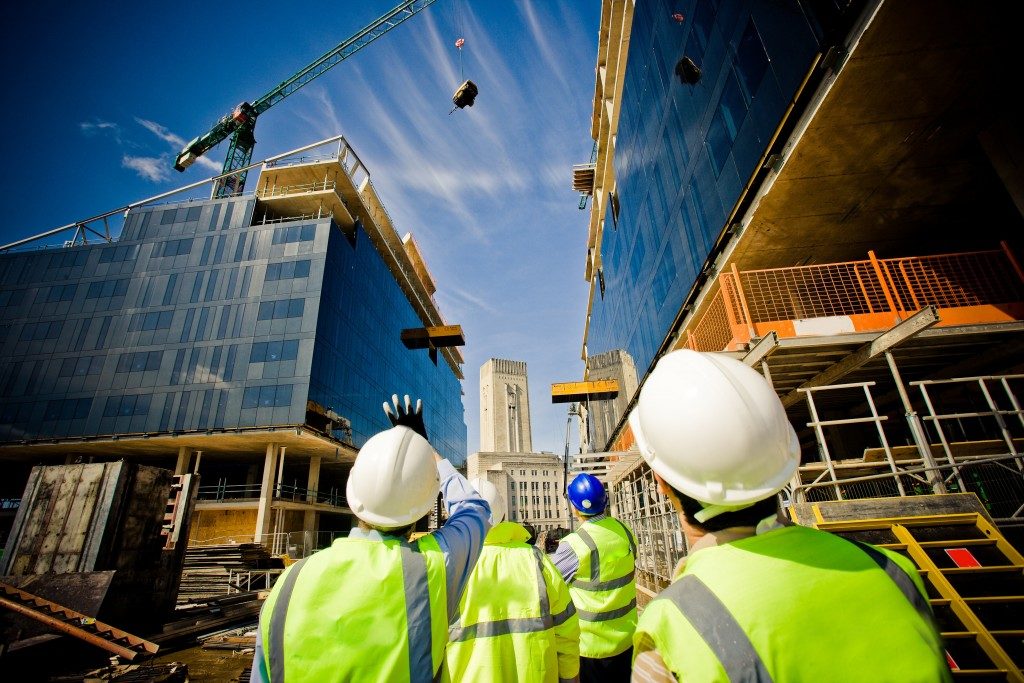The National Sleep Foundation says sleep quality is crucial for someone to enjoy the benefits of sleep. But about 32 percent of Americans don’t get high-quality sleep. A restful evening gives you the energy to perform your daily activities properly. Sleep quality is especially crucial if you work in the construction industry.
Poor Quality Sleep Increases Injury Risks
A report by Safety and Health magazine, the official magazine of the National Safety Council (NSC), says researchers from Colorado State University (CSU) found a connection between poor quality sleep and the risk of workplace injuries among construction workers.
The study looked at the participants’ self-reported sleep quality and quantity and compared them with reports on safety behavior and workplace injuries. Results show construction workers who have more insomnia symptoms experienced more “cognitive failures” at work.
Cognitive failures include:
- Not remembering the right work procedures or if the equipment was turned off
- Pressing a control switch on machines unintentionally
- Starting or stopping wrong machines unintentionally
- Daydreaming while at work
Accidents due to fatigue have occurred before. The derailment of Chicago Blue Line train in 2014, for example, occurred because the operator fell asleep as the train entered the station. The accident injured over 30 riders and destroyed the escalator at the station.

Promoting Healthy and Safe Workplace
The Occupational Safety and Health Administration (OSHA) says construction workers are exposed to various hazards, including:
-
- Scaffolding – the agency says fall hazards can occur if scaffolds are not erected or used properly. Scaffolds should be rigid and sufficient to carry its own load and four times the maximum intended load without settling or displacement. Erecting them on solid footing is necessary.
- Fall protection – the greatest number of fatalities in the construction industry is falls, which occur due to unstable work surfaces, failure to use fall protection equipment, and human error. The OSHA recommends using an aerial lift to provide safer elevated working surfaces.
- Trenching – this activity is responsible for dozens of fatalities and hundreds of injuries annually. Construction workers should never enter an unprotected trench and always use a protective system for trenches more than feet deep.
A safe construction site doesn’t only minimize injury risks of workers, but it also increases their productivity. It’s the employer’s responsibility to maintain the safety of the workplace for the construction workers. Providing appropriate personal protective equipment (PPE), for instance, should be their priority. They can work with an on-site shoe truck, so employees get fitted for safety shoes without leaving the facility.
Other than following the strict use of PPE, workers must get enough sleep to stay alert and prevent workplace injuries.

Increase Work Productivity
A Forbes report shows lack of sleep is one factor that affects the productivity of an organization. It states that the country loses about 1.2 million working days because of reduced productivity from sleep-deprived employees. These cost the economy $411 billion annually.
Employers should give their employees space and time to take a nap to improve their restfulness, which boosts productivity.
Construction workers, meanwhile, have to establish proper bedtime routines that allow them to enjoy quality sleep every night. The National Sleep Foundation recommends sleeping for seven to nine hours to gain all the benefits of resting in the evening.
Almost 6.5 million people work constructions sites across the country. Educating construction workers about the importance of sleep quality is essential to keep them productive and safe from workplace injuries.

